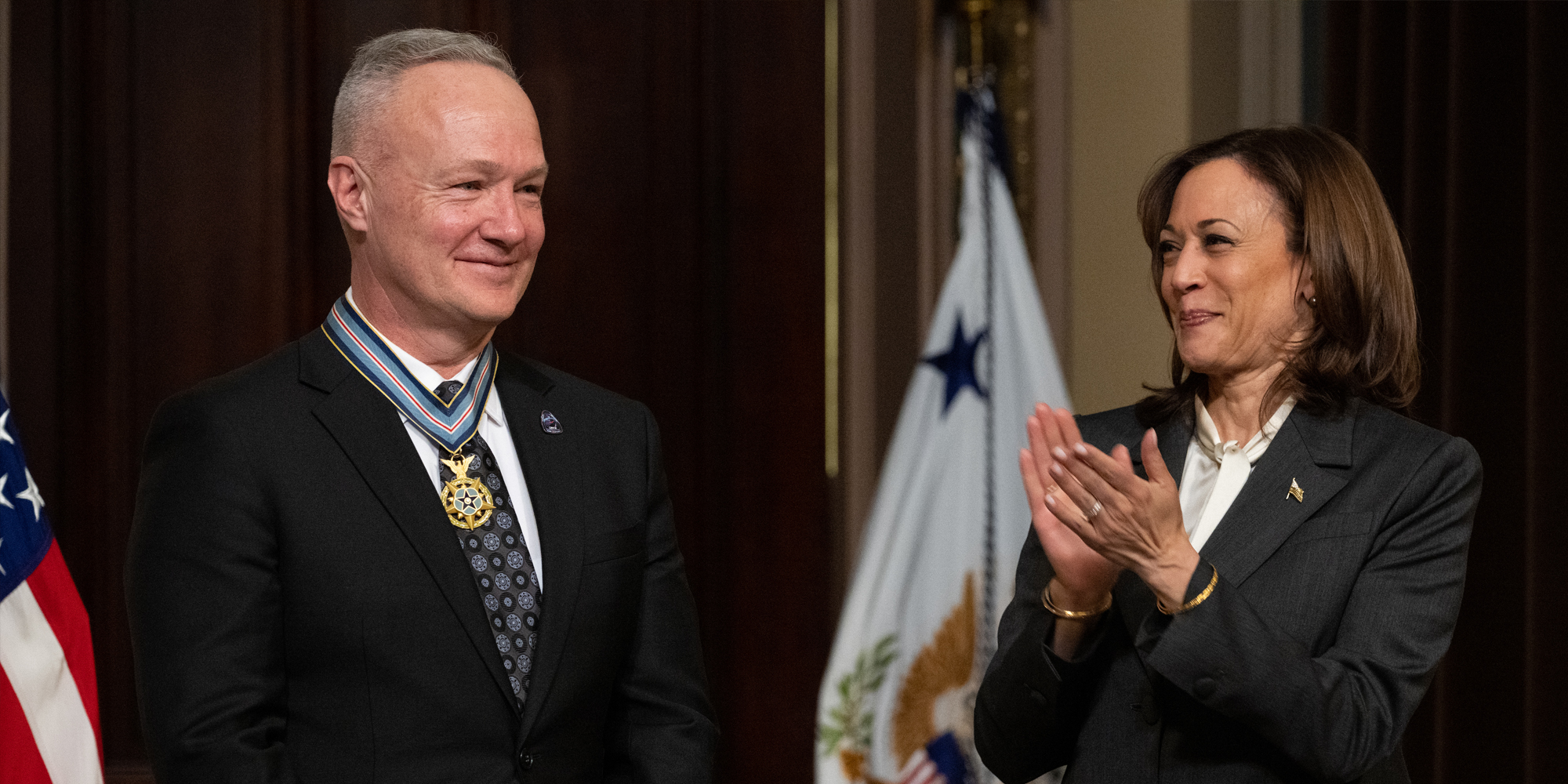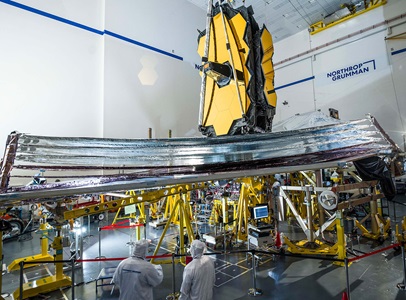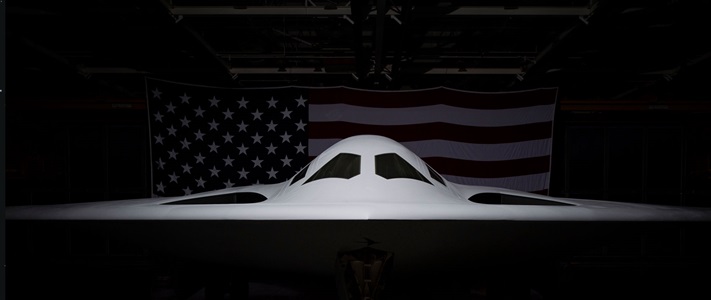A Career in Orbit

By Kendra Kastelan
Doug Hurley, Northrop Grumman senior director of business development, will never forget the day in July 2000 when he found out he was going to be an astronaut. He was staying in a remote cabin in Canada on a trip with his father. He’d recently applied to NASA, and cell phone service at the cabin was spotty, at best.
“During the trip, my dad asked if I had heard from NASA, and I realized I’d missed a call from Charlie Precourt, who was then Chief of the Astronaut Corps,” said Doug, Northrop Grumman senior director of business development. “When I called Charlie back, he told me I’d made the cut. It was a special moment because my dad and I were together.”
Twenty-three years later, Doug’s life has come full circle since that initial phone call.
He piloted his first space shuttle mission as a NASA astronaut, STS-127, in 2009, and, in July 2011, he piloted the final flight of the Space Shuttle Program, STS-135. Doug was later selected to join NASA’s commercial crew, and in May 2020, he served as spacecraft commander of the first crewed flight test of the SpaceX Crew Dragon Demo-2 mission, joined by his long-time close friend and fellow astronaut Bob Behnken.
“When we flew Demo-2, it had been almost a decade since the last shuttle flight,” said Doug. “The capability to launch humans from U.S. soil was long overdue. We were given an incredible opportunity.”
Bravery and Honor
On Jan. 31, 2023, Vice President Kamala Harris awarded Doug and Bob the Congressional Space Medal of Honor for their meritorious efforts and contributions to America’s space programs throughout their NASA careers, including their roles in the Demo-2 mission. This prestigious honor recognizes those who’ve performed extraordinary feats while participating in spaceflight.
“I am beyond humbled. Twenty-eight astronauts have received this award, and 17 of those received the award posthumously — that is not lost on me,” said Doug. “When you start your career, you certainly don’t ever think you’ll be honored like this.”
Human spaceflight poses some extraordinary challenges, but the timing of the Demo-2 launch was exacerbated by the Covid-19 pandemic. This successful flight test of a new vehicle, especially under these circumstances, was an accomplishment to be celebrated by all involved, said Doug.
Doug and Bob spent 62 days on the International Space Station, returning to Earth in August 2020 and reinvigorating the excitement for human spaceflight in the United States. In July 2021, Doug announced his retirement from NASA after 21 years and over 90 days in space.
The Next Chapter
Prior to joining NASA as an astronaut, Doug served in the U.S. Marine Corps for 24 years. As a pilot and test pilot, he logged more than 5,500 hours in over 25 types of aircraft and became the first Marine to pilot the F/A-18 E/F Super Hornet, on which Northrop Grumman is a principal subcontractor.
In late 2020, Doug received another career-changing call from Charlie, who had retired from NASA and was working at Northrop Grumman; he offered Doug a role at Northrop Grumman and he accepted, starting a new chapter in Doug’s life. Now working in business development, Doug supports Northrop Grumman’s solid rocket motor production teams that power critical products related to global security, used to defend our nation and further space exploration.
“This job is my way to continue contributing to human spaceflight and supporting the warfighter,” said Doug. “Northrop Grumman has allowed me to merge my two past careers, and it’s been exciting.”
In November 2022, Doug revisited Kennedy Space Center to be part of another NASA first: the launch of its newest rocket, the Space Launch System (SLS) on the Artemis I mission. Powered by twin Northrop Grumman-manufactured solid rocket boosters, Artemis I successfully took a human-rated spacecraft, Orion, farther into space than ever before. This was a precursor test flight for missions that will eventually land humans on the moon, including the first woman and person of color.
The goal of Artemis is to build a sustainable human presence on and around the moon. After humans land on the lunar surface during Artemis III, NASA will launch the Gateway — a similar concept to the International Space Station — to house astronauts and perform experiments in the Northrop Grumman-manufactured Habitation and Logistics Outpost (HALO). Using HALO will help us better understand the effects of deep space on humans and the technologies needed before sending astronauts to Mars.
“Artemis is the next step in getting humanity back to the moon and exploring more of space,” said Doug. “And I am excited to watch some really talented astronauts take on this opportunity.”
More Innovation Stories
Read all stories about advanced technology and innovation


